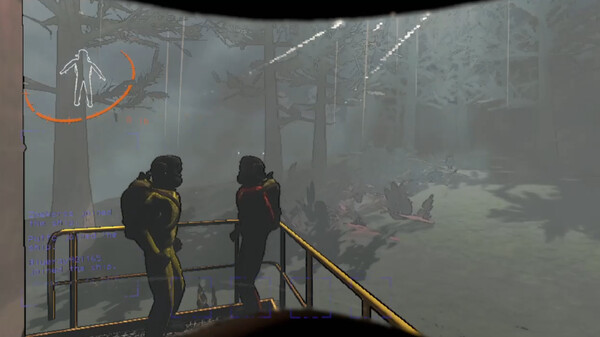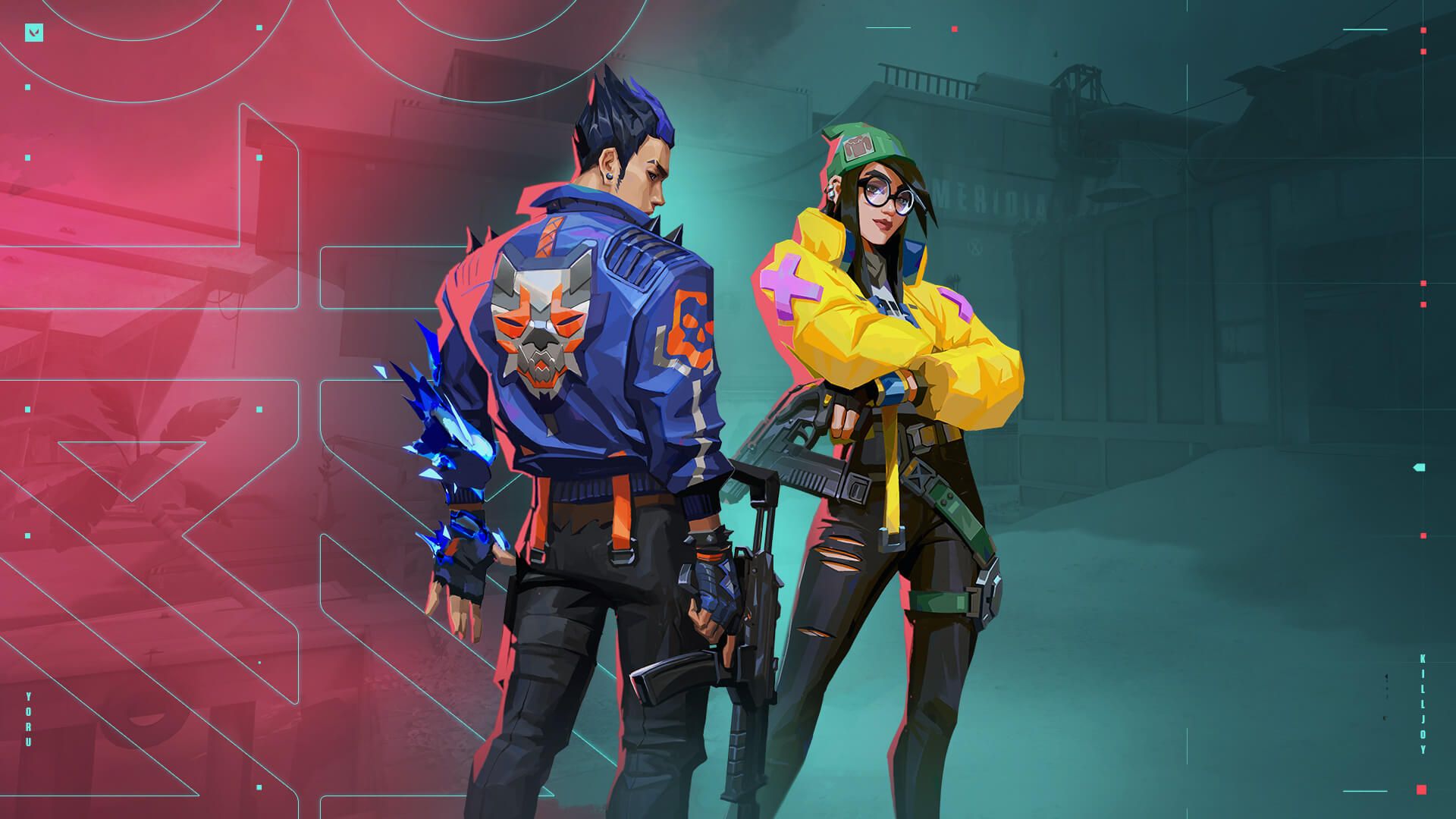House Flipper 2: Renovate, Decorate, and Dominate the Property Market
Introduction: Flipping Gets a Fresh Coat of Paint
House Flipper 2 brings back the satisfying loop of buying, renovating, and selling homes—but with more polish, creativity, and charm than ever before. Developed by Frozen District and Empyrean, this sequel expands on the successful foundation of its predecessor, delivering a more immersive and rewarding renovation experience.
But does House Flipper 2 truly improve on the formula, or is it just more of the same in a shinier wrapper? Let’s break down the key aspects of the game and find out if it's worth grabbing your digital toolbox once more.
1. Visual Style and Presentation
Cozy and Realistic
House Flipper 2 steps up its visuals with a more refined and realistic art style. Interiors and exteriors feel homier, with better lighting, shadows, and material textures. Whether you're installing a sleek kitchen or repainting a child's bedroom, every transformation looks fantastic.
Intuitive Interface
The UI has been redesigned for smoother interactions. From the tablet menu to object placement and painting mechanics, everything feels more streamlined and visually appealing.
Pros:
-
Noticeably improved graphics and polish
-
Aesthetic, cozy home designs
Cons:
-
Occasional clutter when placing objects
-
Limited variety in outdoor environments
2. Core Gameplay Loop: Buy, Renovate, Flip
Deep Satisfaction in Progress
The basic loop remains the same: buy run-down homes, clean them up, fix what’s broken, furnish them to your taste (or clients'), and sell for profit. But House Flipper 2 adds more complexity and depth—especially in the way houses now reflect your vision and effort more dynamically.
Client Jobs and Free Renovation
Besides house flipping, players can now accept story-based renovation jobs for clients, which add variety and introduce you to new mechanics early on. Later, the open-ended renovation mode lets you fully unleash your creativity.
Pros:
-
Addictive renovation loop
-
Freedom to design your dream home
Cons:
-
Buying and selling mechanics still feel simplistic
-
Some jobs can become repetitive
3. Building and Customization System
From Simple to Spectacular
Customization is vastly improved. You're no longer just fixing houses—you can now build elements like walls, windows, and roofs from scratch. Object snapping and precision tools make it easier to get everything exactly how you want.
True Design Sandbox
The game provides a large catalog of items—furniture, decorations, and building materials—with frequent updates and themed DLCs that further expand your toolbox.
Pros:
-
In-depth house design tools
-
Expansive item catalog
Cons:
-
No landscaping tools at launch (planned in future updates)
-
Some UI elements still lack flexibility in bulk editing
4. Story Mode and Setting
Welcome to Pinnacove
Unlike the first game’s nameless sandbox setting, House Flipper 2 introduces Pinnacove—a cozy, seaside town with character and charm. You can renovate both homes and public spaces as you help the town flourish.
Light Narrative, Big Personality
While not a story-driven game, the added context and light narrative of Pinnacove give your actions more meaning. Client characters are quirky and memorable, adding life to the otherwise quiet sim.
Pros:
-
A unified town gives purpose to your work
-
Light storytelling adds heart
Cons:
-
No real consequences for ignoring narrative paths
-
NPC interactions remain limited
5. Progression and Rewards
Leveling Up Your Craft
Completing jobs and flipping houses earns you experience points, which unlock tools and perks. The perk system feels more refined, letting you specialize in areas like painting, cleaning, or demolition.
Steady Upgrades
Progression feels steady and rewarding, especially when you compare your first shabby shack to the luxurious homes you're creating later.
Pros:
-
Thoughtful progression system
-
Customizable skill trees
Cons:
-
Perks don’t drastically change gameplay
-
Money becomes too easy to earn mid-game
6. Physics and Interactions
More Tactile Than Ever
Physics-based interactions are a highlight in House Flipper 2. Objects move and rotate more naturally, and tasks like painting, sanding, or hammering feel more immersive due to realistic animations.
Pros:
-
Improved realism in object interaction
-
Satisfying tactile feedback
Cons:
-
Occasionally buggy collision detection
-
No first-person body modeling
7. Creativity and Community Content
Modding and Sharing
While official mod support isn’t full-fledged yet, community sharing tools are in the works. Even without it, the game encourages experimentation and creative freedom—build modern marvels, cozy cottages, or total chaos if you wish.
Pros:
-
Endless creative potential
-
High replay value through user challenges
Cons:
-
Lacks built-in sharing or blueprint system
-
No Steam Workshop integration at launch
8. Sound Design and Atmosphere
Chill Vibes Only
Ambient music and sound effects in House Flipper 2 are minimal but pleasant. Background music ranges from lo-fi to soft instrumental, keeping you in a relaxed, focused mood during long renovations.
Pros:
-
Calming, non-intrusive audio
-
Subtle sound cues for actions
Cons:
-
No voice acting or memorable music
-
Repetitive sounds for tools
9. Accessibility and Learning Curve
Perfect for Casual and Hardcore Alike
House Flipper 2 maintains its accessibility, with simple mechanics that anyone can grasp in minutes. But for those who want more depth, the game’s creative potential and home design tools offer hours of complexity.
Welcoming for Newcomers
The tutorial and early missions are designed to gently teach the tools of the trade—whether you're new to the series or a veteran flipper.
Pros:
-
Low barrier to entry
-
Layered depth for serious players
Cons:
-
Lacks advanced difficulty modes or time-based challenges
-
No economy simulation or housing market fluctuation
10. Final Verdict: Should You Play House Flipper 2?
House Flipper 2 improves on nearly every aspect of the original. With deeper design tools, a cozier setting, and more polished mechanics, it becomes more than just a fixer-upper sim—it’s a fully-fledged creative platform for interior design and architecture fans.






























